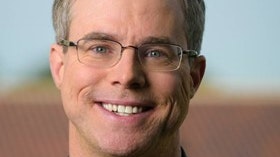Homepage
•
Learning Library
•
Blog
•
Every student needs to be a problem-solver
Expand breadcrumbs
Expand breadcrumbs
- Learning Library
- Blog
- Every student needs to be a problem-solver
- Homepage
- •
- Learning Library
- •
- Blog
- •
- Every student needs to be a problem-solver
Every student needs to be a problem-solver
By Julie Randles
June 25, 2018








